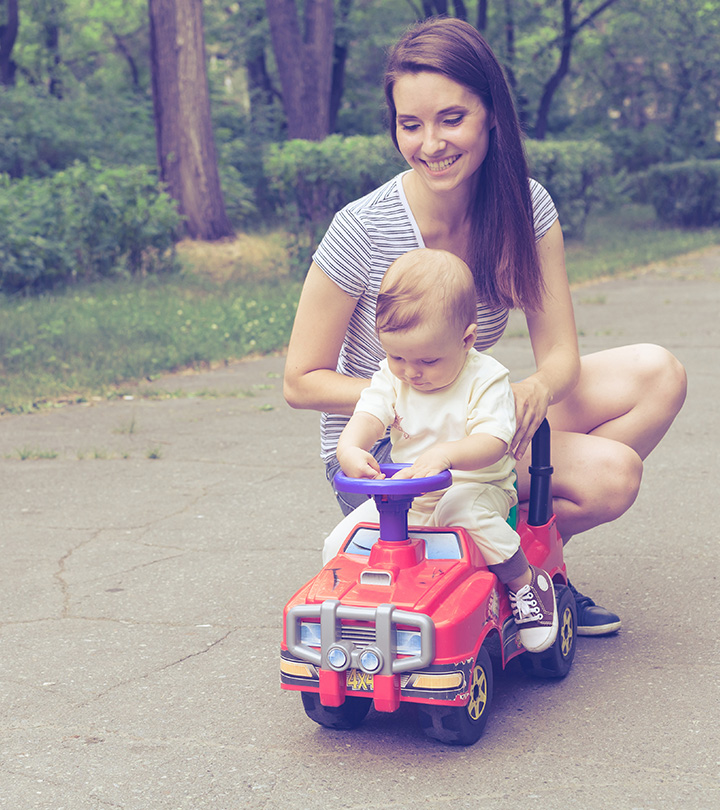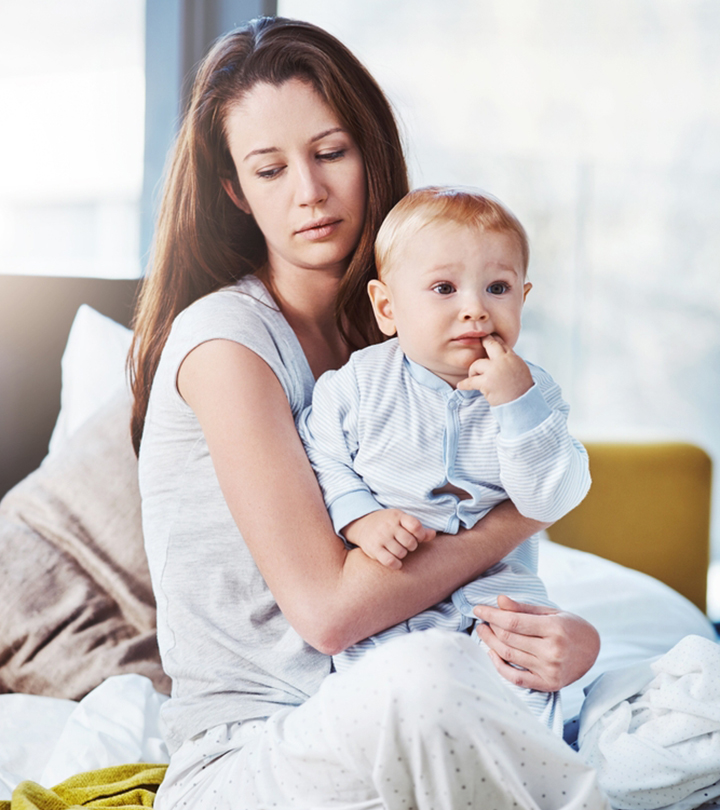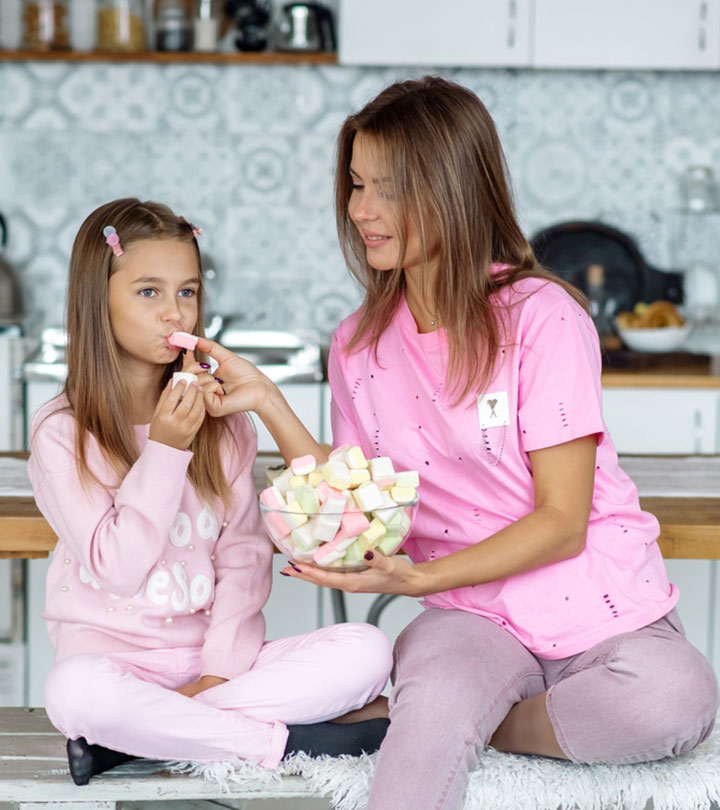
Image: Shutterstock
As a parent, your main responsibility is always making sure your child feels safe. Creating a space that’s safe for them is like laying a strong base for their future happiness and confidence. It’s not just about having a comfortable home; it’s about making a place where feelings are welcome, and trust and understanding can grow. So, let’s talk about why this emotional safe zone is so important and how you can make your home a cozy and safe spot where your kid can feel secure and happy. Read on to know more!
Why Is Creating A Safe Space Important For Your Child?
Image: Shutterstock
1. Building Trust
Trust is like the glue that holds relationships together. When your child feels emotionally safe, trust grows naturally. This trust becomes a solid base for a healthy parent-child relationship.
2. Boosting Confidence
In the cozy cocoon of emotional safety, your child is more likely to express themselves freely. This freedom helps them develop self-confidence, which is a crucial trait for facing the challenges that life throws their way.
3. Healthy Emotional Development
Children are like little sponges, absorbing everything around them. An emotionally safe space fosters positive emotional development. It allows them to understand and express their feelings. It lays the groundwork for good mental health.
4. Enhancing Communication Skills
Image: Shutterstock
In an emotionally safe environment, children learn to communicate effectively. They feel comfortable expressing their thoughts and emotions, honing their ability to convey ideas clearly and listen attentively.
5. Promoting Empathy
Emotional safety teaches children to recognize and understand the feelings of others. This empathy is a crucial life skill that helps them build meaningful connections and navigate social relationships with kindness and compassion.
6. Encouraging Independence
A safe space allows children to explore and try new things without fear of judgment. This encouragement of independence nurtures their sense of curiosity and self-discovery, contributing to a confident and capable mindset.
How To Create An Emotionally Safe Space For Your Child?
Image: Shutterstock
1. Listen Actively
Pay attention when your child talks. Put away the distractions and show them that their words matter to you. A focused ear fosters trust and makes them feel valued.
2. Encourage Expression
Let your child express their feelings without judgment. Whether it’s joy, anger, or confusion, assure them that their emotions are valid. This openness creates an environment where they feel safe to be themselves.
3. Consistency Is Key
Children thrive on routine and consistency. Set clear and realistic boundaries, and stick to them. This helps your child feel secure and understand the rules of the home, providing a stable foundation.
4. Show, Don’t Just Tell
Children learn by observing. Demonstrate healthy emotional expression and problem-solving. When they see you handling emotions with grace, they are likely to emulate those behaviors, learning valuable life skills.
5. Celebrate Small Wins
Image: Shutterstock
Let your child take on age-appropriate responsibilities. When they accomplish tasks independently, celebrate their achievements. This builds their self-esteem and encourages a sense of capability, fostering a positive self-image.
6. Build Comfortable Spaces
Make sure your home provides cozy and safe nooks. A comfortable space allows your child to retreat when they need a break or time alone. This designated safe space becomes a refuge for them.
7. Problem-Solving Skills
Equip your child with practical problem-solving skills. This helps them deal with challenges and build resilience, fostering emotional safety. Teaching them how to handle difficulties empowers them in facing life’s ups and downs.
8. Praise Efforts
Acknowledge your child’s efforts, not just the results. This reinforces the idea that trying and learning are valuable, contributing to a positive self-image. Positive reinforcement encourages a growth mindset.
9. Express Affection
Image: Shutterstock
Hugs, words of affirmation, and spending quality time together all convey love. Let your child know that your love for them is unwavering, regardless of their successes or failures. This assurance builds a strong emotional foundation.
10. Model Healthy Relationships
Demonstrate healthy relationships with your partner, friends, and family. Your child learns about emotional safety from observing these interactions. Modeling positive connections helps them form healthy relationships in their own lives.
11. Give Time To Adjust
Creating an emotionally safe space is an ongoing process. Be patient and understanding as your child learns to navigate their emotions and the world around them. Time, patience, and support are essential ingredients in this nurturing journey.
In the exciting world of parenting, creating an emotionally safe space for your child is like weaving threads of love, trust, and understanding. By actively listening, setting boundaries, and being a positive role model, you lay the foundation for a resilient, confident, and emotionally secure child. Remember, it’s the little things that matter – a warm hug, a listening ear, and the assurance that your child is unconditionally loved. In this nurturing environment, your child blossoms into a happy, emotionally grounded child , ready to embrace the world with confidence.

















